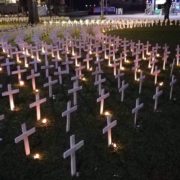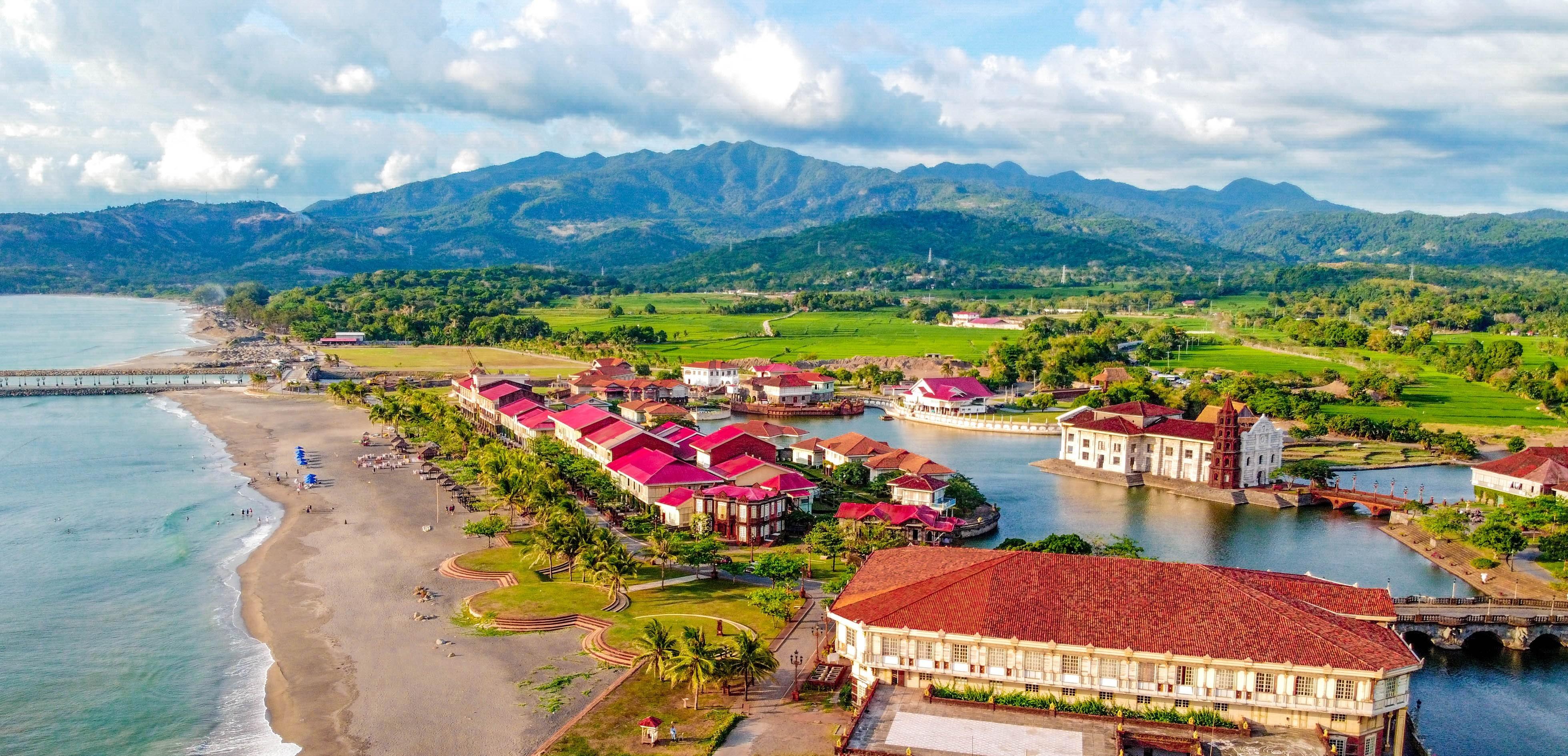
TACLOBAN CITY, Nov. 8 (PIA) — “When will stories about Yolanda end?”
Five years ago, the city of Tacloban and towns in the first District of Leyte captured the world’s attention when super typhoon Yolanda (Haiyan) battered this Eastern Visayas area and literally left the place to its knees.
Weeks and months after that gloomy day, darkness still blanketed the city as electricity was down. Even when a mass burial of all dead bodies was already conducted, the stench of death still lingered in the devastated province.
That was five years ago. But whenever you get to talk to true-blue Leytenos, it only seems like yesterday.
Tacloban City Disaster Risk Reduction and Management Officer Ildebrando Bernadan said Yolanda has taught them lessons and changed the mindset of Taclobanons.
“Before Yolanda, people just leave everything up to fate. When Yolanda occurred, they began to adhere to early warnings. They now believed in Science,” Brendan said.
The disaster management chief said pre-empted evacuation has been ordered in all 138 barangays of the city because of the perceived strength of Yolanda. But a day before Yolanda was expected to make a landfall, the weather was fine prompting many heads of families to go back to their houses and see if their belongings are still intact.
The seemingly good weather at first, innate sense of “wala pa yan” coupled with miscommunication in forecast led to a grim end for more than 5,000 Taclobanons. For at the dawn of November 8, 2013, Yolanda unleashed her fury and raised hell on the ground.
Even after five years, rehabilitation still pose a challenge. Resettlement of residents living near the shorelines and livelihood still pose a problem.
Presidential Spokesperson Salvador Panelo said the Presidential Assistant for Special Concerns, the oversight official for the Yolanda rehabilitation project reported that as of December 31, 2017, a total of P146.156 billion was released to implementing national government agencies, government owned and controlled corporations and local government units. Half of the funds released were allotted for housing programs and ancillary basic utilities.
Of the 205, 128 permanent housing targets for Yolanda, as of October 30, 2018, 100, 709 have been completed. at least 46, 412 have already been occupied while 54, 297 are now ready for occupancy, according to the National Housing Authority.
The national government is also doubling its efforts to address issues that cause the delay of resettlement like limited availability of titled lands for resettlement, slow processing and issuance of permits and licenses for construction projects and livelihood opportunities.
And what better time to push for better disaster resilience measures now. The House of Representatives has approved for the third and final reading the House Bill 8165, otherwise known as the Department of Disaster Resilience Act which was articulated by President Rodrigo Duterte both in his 2017 and 2018 State of the Nation Addresses.
The city government itself has mapped out a Revised Comprehensive City Disaster Risk Reduction and Management Plan based on interventions from stakeholders and the Taclobanons themselves. In terms of capacity building, Bernadan said his team has engaged in more extensive training and emergency response seminars. The Barangay Emergency Response Team are now activated and ensure quick response at the onset of danger.
“Hindi bale ng mag-over-react sa paghahanda kesa magsisi kami na hindi kami naghanda,” he said. Even with the seeming endless challenges, a lot has changed since that fateful day and life in Tacloban has prospered.
Even with remnants of damaged building roof tops still in view, Tacloban is now teeming with malls, hotels and other businesses. Traffic lights are back, roads were expanded and people have brand new cars.
“The running joke here is that all people here have brand news cars because all the old cars were washed out by Yolanda,” Raul Tiozon, a survivor, quipped.
Bernadan said an Australian psychologist who came back to Tacloban to personally see the plight of the people, said he was amazed at the resilience of the Filipinos.
“The psychologist saw the children playing happily and he said there was no more sign of suppression and depression. He said if children are already playing and smiling, that is a manifestation that they are already happy,” Bernadan said.
Indeed, five years after Yolanda, Taclobanons’ resilience is evident.
A surge of hope abounds each new day that comes, making them stronger, wiser and happier knowing that God gave them a second life to live a worthwhile endeavour.
So when will stories on Yolanda end?
It never will. Everyone has a story to tell. Everyone has a story to pass on from generation to generation that once in their life, darkness came to them but they lived to see the light and the dawning of a new day. (VHS/PIA-8)
–
By Venus May H. Sarmiento, Philippine Information Agency (PIA).
For more PIA news, features, and updates visit https://pia.gov.ph.






